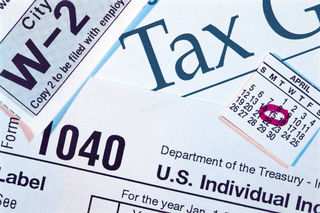 Today, ordinary income plus various other taxes could boost the effective tax rate on those second-level RMDs well over 40%. Who knows what tax rates might be in effect when current clients eventually pass their IRAs to future generations?
Today, ordinary income plus various other taxes could boost the effective tax rate on those second-level RMDs well over 40%. Who knows what tax rates might be in effect when current clients eventually pass their IRAs to future generations?
Some individuals choose to have partial Roth IRA conversions so they remain in their current income tax bracket and decrease other taxes and charges, according to a recent article in Financial Planning titled "Estate Planning: Smart Roth Conversion Trick." Along with a Medicare surtax and deduction phase-outs, Medicare Part B premiums are also part of the mix.
Medicare enrollees typically pay about $105 monthly for Medicare Part B. This covers doctor bills and some other medical expenses. However, seniors who have a modified adjusted gross income (MAGI) above $85,000 (or $170,000 on joint returns) will pay anywhere from roughly $145 to $335 a month for that same coverage. This is because Roth IRA conversions increase an individual's MAGI. The original article advises those in this situation to take an annual series of partial conversions now to thereby limit future taxes, as well as “stealth” taxes like extra Part B premiums.
 Houston Estate Planning and Elder Law Attorney Blog
Houston Estate Planning and Elder Law Attorney Blog










